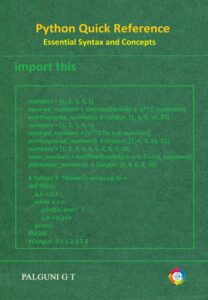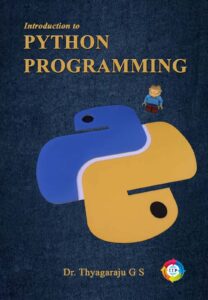For Peaceful Mind
Categories
Current Trend
These days, GenAI feels like a good friend to me. It understands what I need and helps me out. It’s not just a tool; it’s like having a buddy who’s always there for me, supporting and understanding me!
Dr.Thyagaraju G S
UI/UX
Introduction to Data Science
Syllabus
Module1: Introduction to Data Science, Statitsical Inference
Module2: Exploratory Data Analysis, Data Science Process, and Basic Machine Learning Algorithms
Module3 : Feature Generation and Feature Selection Extracting Meaning from Data and Recommendation Engines
Introduction to Data Visualization
Syllabus
Module1: Data Visualization and Data Exploration Introduction:
Module2: A Deep Dive into Matplotlib
Module3: Seaborn, Bokeh and Plotly
Data Visualization with Python
Principles of Artificial Intelligence Lecture Notes
Books (New *)
Books (Previously Published)
RESEARCH
AI Tools
Archives
Copyright : DR.THYAGARAJU GS AND MS.PALGUNI GT




